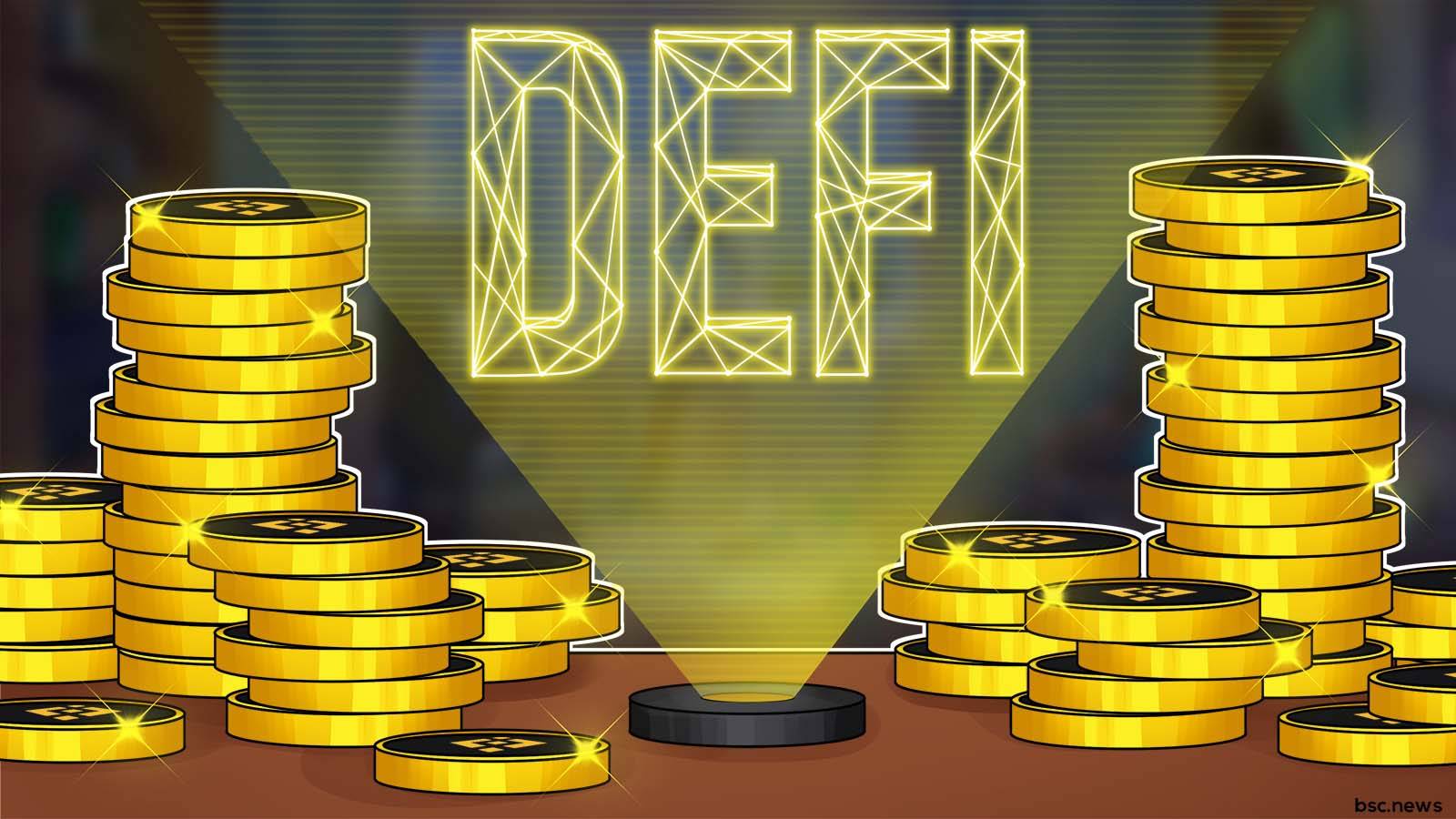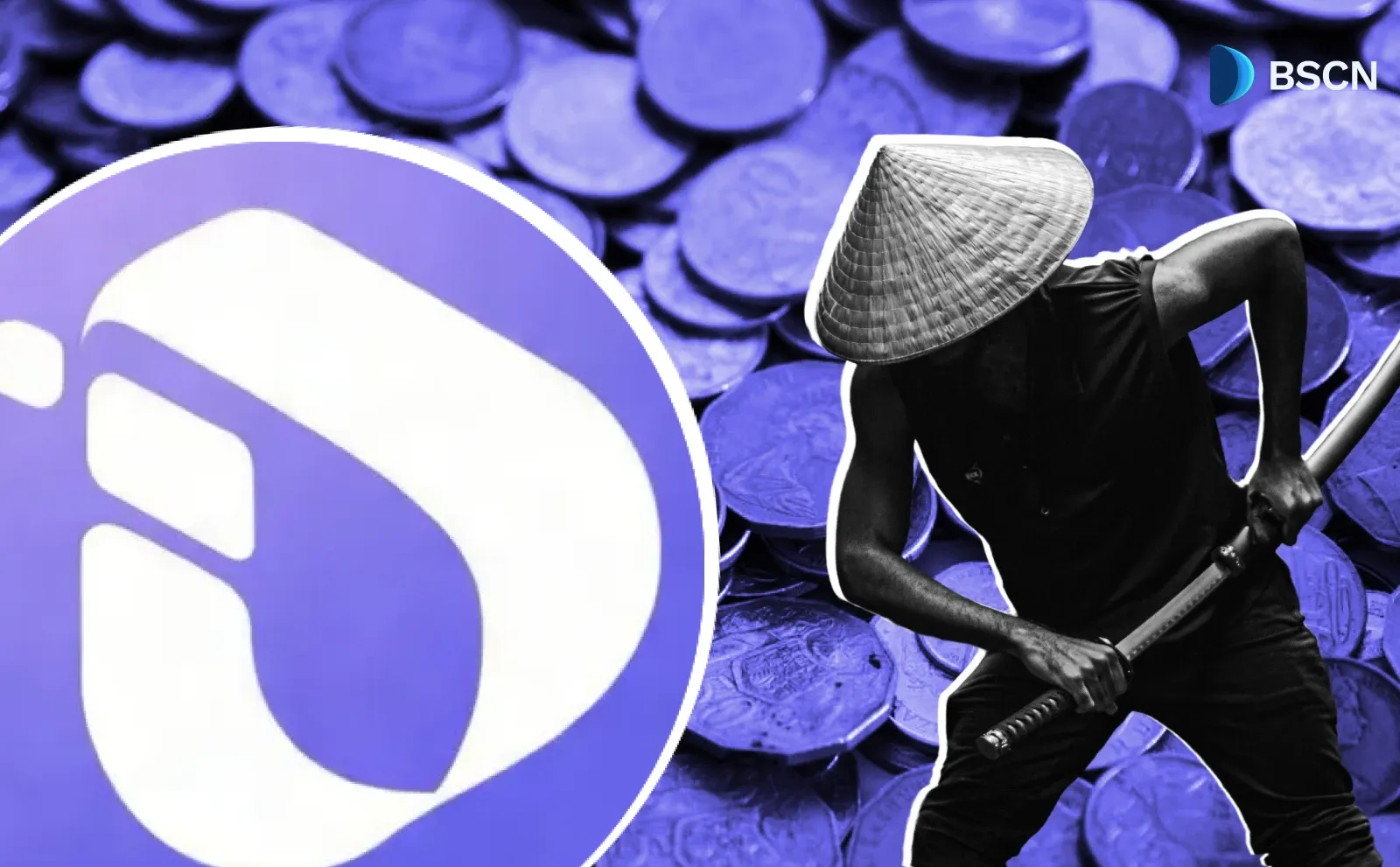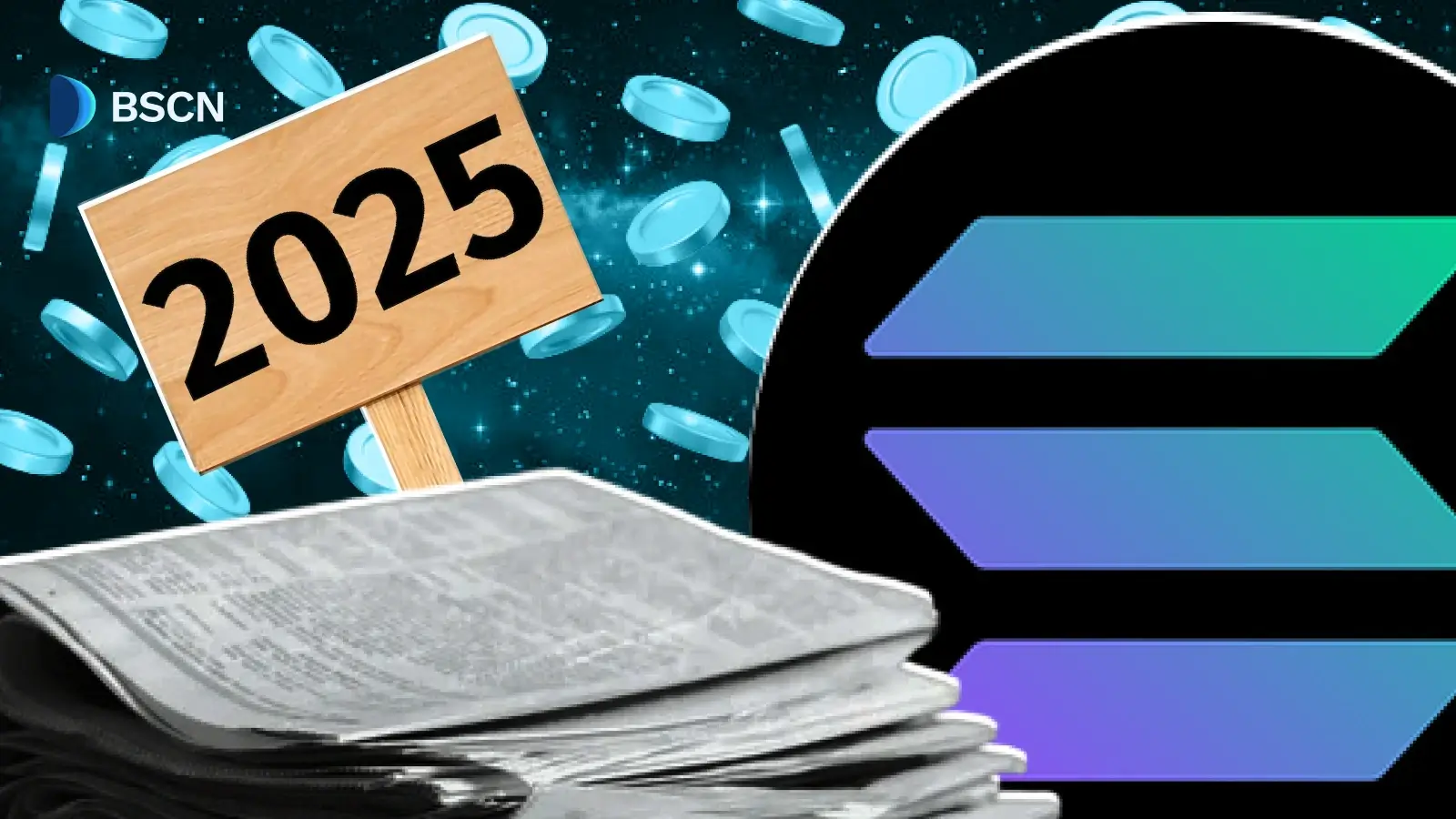WEB3
(Advertisement)
How does Hyperinflation Work

The term "Hyperinflation" describes uncontrollable price increase in an economy, and is usually seen in times of economic difficulties. Although they rarely occur in developed countries, they can occur in any market, causing investors to panic as their assets lose value. Understanding how hyperinflation works is key to avoiding its nasty side effects.
BSCN
April 29, 2021
(Advertisement)
Table of Contents
Introduction to Inflation
Every economy encounters inflation at some point in time. Inflation occurs when there is an increase in the average price of goods, while there is a decrease in the currency's purchasing power. Generally, economic and financial institutions with the government have worked endlessly to ensure that inflation occurs at a reasonable rate. However, in many cases, the actions of the government and other financial institutions have not been very effective in reducing inflation; instead, they have increased it in an unprecedented manner. This period of an unusual increase in inflation rates has been accompanied by a decrease in a country's currency value in what we call "hyperinflation" today.
In this article, we will discuss in detail what hyperinflation means, the causes, and several instances of its effect. Before we proceed to these components, what do we mean by the term “hyperinflation”?

What is Hyperinflation?
Hyperinflation is defined as the quick, excessive, and uncontrollable price increase in an economy. It is related to inflation but slightly different; Inflation is a measure of the rate of the rise in the price of goods and services, while hyperinflation is "increased inflation" that tends to crash economies.
In most developed countries' economies, it occurs on infrequent occasions, but surprisingly, it has happened several times throughout history in countries like Russia, Germany, and even China.
Hyperinflation Explained
As stated earlier, hyperinflation is seen when the prices of goods and services in an economy increase over 50% every month over time. One big problem of hyperinflation is the need for consumers to purchase products when they have no capital due to the inflation. In other words, for consumers to cope with the increase in the price of goods and services, they will need more money.
For instance, the cost of buying produce in an economy increases from $200 weekly to $700 weekly in the next month, and subsequently to $1500 after that, and so on. Let us assume that consumers' wages do not keep up with this increased inflation; there will be a decline in the standard of living of the people in that economy because they cannot afford to pay for goods at that rate.

Hyperinflation can lead to many fallouts in an economy. There can be a shortage of food supply because many will turn to hoarding goods, especially perishable items, due to rising prices. It can also make the value of a country's currency worthless. Investors question the benefit of saving money in banks when it eventually has reduced purchasing power as prices increase excessively.
Due to this, investors become wary of leaving their money in savings, leading banks and lenders to go out of business. Furthermore, these banks and companies will not be able to pay taxes. Therefore, the government will not provide essential services as there is no tax revenue to work with, causing even more structural issues.
Causes of Hyperinflation
High Rate of Money Supply
Hyperinflation occurs when there is economic turmoil and depression. Depression is defined as a period of sustained decline in a country's economy. It is also called negative economic growth. When negative growth occurs for at least six months, it is called a recession. Depression is more severe because it lasts for an extended time, leading to a high unemployment rate, bankruptcy, less productive output, and reduced lending or unavailable credit. To tackle depression, the central bank increases the supply of money in the country. This is done to ensure that banks have enough to lend to consumers and businesses to spend and initiate investments.
However, according to gross domestic product (GDP) measurement, If GDP does not support the increased supply of money, economic growth will not be seen. Instead, it causes hyperinflation.
GDP is the measure of the production of goods and services in an economy, and if it is not increasing, businesses will raise prices to make more profit as there is less supply of goods and services. Now that there is more money in circulation, consumers tend to purchase these goods and services at an increased price. As GDP further drops, businesses keep increasing the cost of goods. If the central banks continue to increase the supply of money, consumers will keep having more to spend, resulting in hyperinflation.
Disbelief in The Country's Economy
For instance, there is war in a country, people often lose confidence in the currency's worth, and there is disbelief that the central bank can retain the value after the conflict. This makes companies ask for a "risk premium" for accepting their currencies by raising their prices. This will eventually lead to hyperinflation.
Citizens will also lose confidence when the government does not succeed in restoring the country's economy. They tend to hoard goods and services of great value, which leads to an increase in price. As price increases, essential goods like fuel and food become scarce, leading to hyperinflation as there is less supply. As usual, the government will try to increase the supply of money, but as explained above, it will only lead to more inflation — hyperinflation.
The primary cause of hyperinflation is still an increased supply of money. However, it all arises from poor GDP.

Instances of Hyperinflation
There are several instances of hyperinflation, but we will discuss the most notable one, which occurred in Germany.
Hyperinflation In Germany
Hyperinflation occurred in the Weimar Republic of Germany after the First World War. To date, it is the most famous example of hyperinflation. Germany had borrowed vast amounts of money to fund the war and believed that they would repay their debts with reparations from allies after they won the war. To their surprise, they didn't win the war and were required to pay reparations worth billions of dollars. This considerable debt sparked a lot of discussions amongst many debaters. Some cited that the leading cause of hyperinflation was war reparations; others suggested that they decided to suspend the gold standard before the war started. However, Germany was also guilty of printing paper money recklessly, assuming they would require a bolstered economy.
The decision to suspend gold caused the devaluation of the German currency. At that point, there was no relationship between the value of gold and the money in circulation. This forced allies to reject the German currency and demand other currencies. To compete with the value of other currencies, the country printed more paper currencies to purchase foreign currencies. This move, however, dealt a significant blow to the country's economy.
As there was more money in circulation, hyperinflation persisted, with inflation rates increasing at 20% per day as of that time. Shockingly, the German currency was even burnt by citizens to keep their houses warm as it was cheaper to obtain than wood.
Closing Thoughts on Inflation
It can be seen that a short period of unrest and increased circulation of money can lead to hyperinflation. When a country doesn't export much produce, there is less need to produce goods and services. As such, there is less supply of goods which leads to an increase in prices. The process of making more money available without thrashing its value is a massive dilemma that many governments face. It has existed for several years now, and is known as the primary cause of hyperinflation. Also, consumers have a huge role to play when they no longer have faith in the country's currency.
However, in a world where cryptocurrencies have become a mainstream commodity, the lack of trust in traditional currencies from citizens will lead to more crypto adoption. While there are still risks of hyperinflation in crypto, smart contracts can limit the amount of tokens minted, helping to alleviate inflation risk.
Don’t forget to download the BSC News mobile application on iOS and Android to keep up with all the latest news for Binance Smart Chain and crypto! Check out the DeFi Direct Linktree for all the access links!
For those looking for tools and strategies regarding safety and crypto education, be sure to check out the Tutorials, Cryptonomics Explainers, and Trading Tool Kits from BSC News.
Read Next...
Disclaimer
Disclaimer: The views expressed in this article do not necessarily represent the views of BSCN. The information provided in this article is for educational and entertainment purposes only and should not be construed as investment advice, or advice of any kind. BSCN assumes no responsibility for any investment decisions made based on the information provided in this article. If you believe that the article should be amended, please reach out to the BSCN team by emailing [email protected].
Author
 BSCN
BSCNBSCN's dedicated writing team brings over 41 years of combined experience in cryptocurrency research and analysis. Our writers hold diverse academic qualifications spanning Physics, Mathematics, and Philosophy from leading institutions including Oxford and Cambridge. While united by their passion for cryptocurrency and blockchain technology, the team's professional backgrounds are equally diverse, including former venture capital investors, startup founders, and active traders.
(Advertisement)
Latest News
(Advertisement)
Crypto Project & Token Reviews
Project & Token Reviews
Comprehensive reviews of crypto's most interesting projects and assets
Learn about the hottest projects & tokens

















